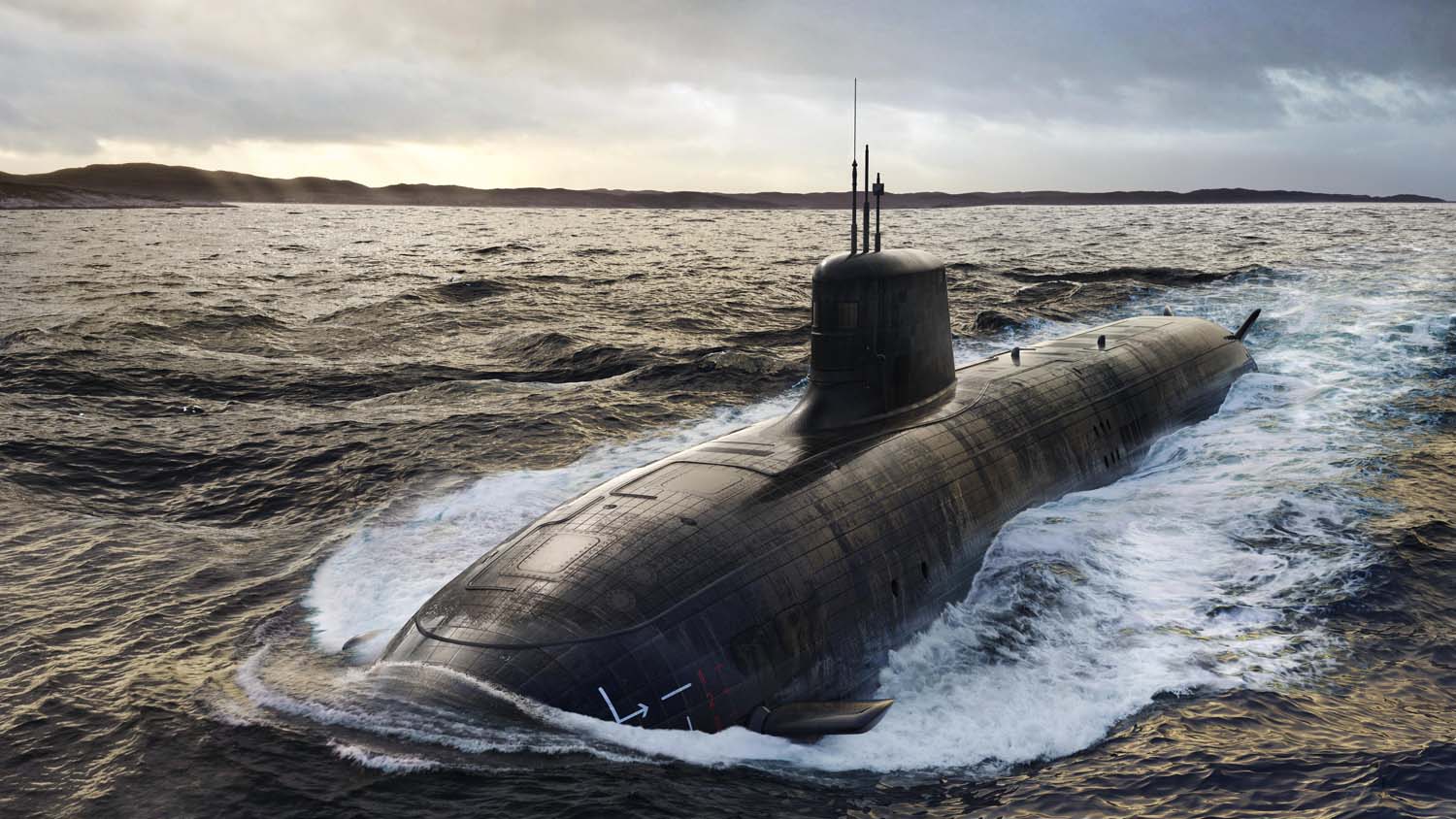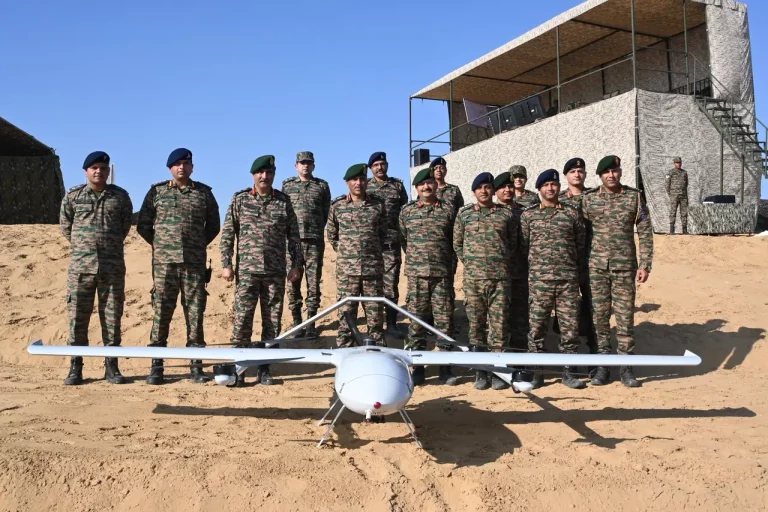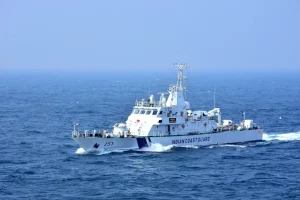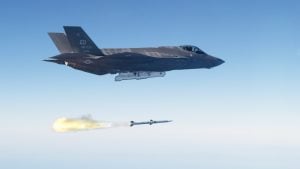In a significant advancement for India’s naval capabilities, the government has taken a decisive step by approving the development of two nuclear-powered attack submarines (SSNs) as part of the ambitious Project-77. These cutting-edge submarines are set to be equipped with advanced weaponry, including the supersonic BrahMos missile systems and future hypersonic cruise missiles, marking a critical enhancement of India’s maritime warfare capabilities.
Leading this indigenous defence initiative is Larsen & Toubro (L&T), which will collaborate closely with the Defence Research and Development Organisation (DRDO) and the Shipbuilding Centre in Visakhapatnam. L&T, recognized for its pivotal involvement in the Arihant-class nuclear submarine program, will once again spearhead the design and construction of essential components, notably the pressure hulls, likely to be fabricated at its facility in Hazira, Gujarat.
The attack submarines under Project-77 will serve as tactical assets that differ from India’s existing Arihant-class nuclear ballistic submarines (SSBNs), designed primarily for strategic deterrence. The new SSNs are engineered for deep-penetration strike missions, capable of tracking enemy vessels while maintaining stealth during high-risk operations. With nuclear propulsion at their core, these submarines can remain submerged for extended durations and operate at speeds significantly higher than traditional diesel-electric submarines.
A key feature of the upcoming SSNs will be their advanced weaponry. The Indian Navy has opted to move away from slower sub-sonic cruise missiles, embracing high-speed offensive capabilities that enhance operational effectiveness. The submarines will be outfitted with an upgraded BrahMos variant and future hypersonic missile systems developed by the DRDO, which are designed to fly at Mach 5 and beyond. This arsenal is expected to expand strike ranges to between 1,500 and 2,000 kilometers, enabling engagements with high-value targets from substantial standoff distances.
This strategic pivot by the Navy reflects the growing need to adapt to modern integrated air defense networks and increasingly contested maritime zones. There is a consensus that sub-sonic missiles may be vulnerable in high-threat scenarios, reinforcing the shift toward supersonic and hypersonic missile technology as a means to ensure survivability and effectiveness during future confrontations.
As the Indo-Pacific region continues to emerge as a focal point of geopolitical tensions, the induction of these high-speed, stealth-enabled attack submarines is set to play a vital role in enhancing India’s maritime deterrent capabilities. Project-77 epitomizes a significant move towards modernizing India’s underwater fleet, aiming to project power across strategic sea lanes while bolstering national security interests.



















